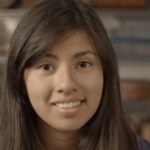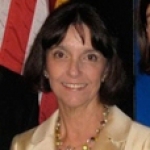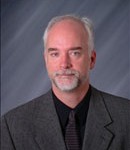
Mariale Hardiman
New Reasons to Teach and Learn Through the Arts
Posted by Mar 16, 2015

Mariale Hardiman
Do you still sing the alphabet when you need to recall the order of letters? Do you chant the poem “Thirty Days Hath September…” when trying to remember how many days there are in a month? Now think about your time in school. My guess is that, like me, you remember school plays, a catchy song when you studied a foreign language, or the content of a science or history lesson when you made a poster or diorama. Yet, how many of us remember the content of the tests or quizzes we took in school?
Most of us have had some experiences that support the idea that using art helps us to remember information better. We would also likely agree that as we progressed through our schooling, learning with and through the arts seemed to diminish, replaced with more traditional types of learning such as lectures and text-based inputs and outputs.
Read More


















 Kristen Engebretsen
Kristen Engebretsen

 Rob Schultz
Rob Schultz




